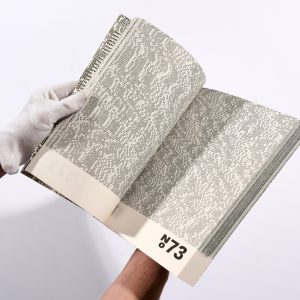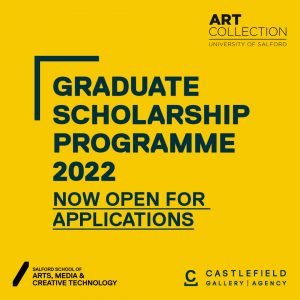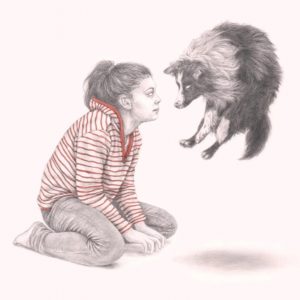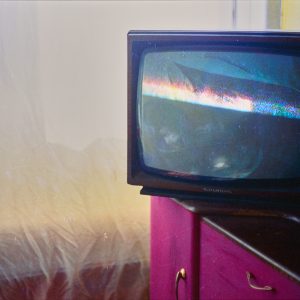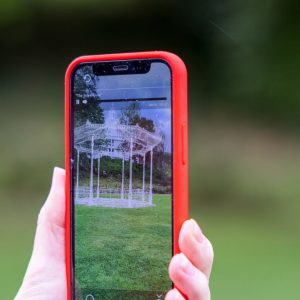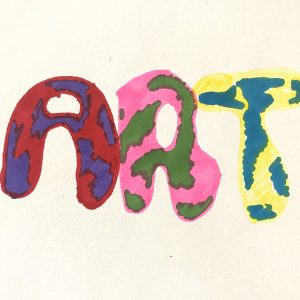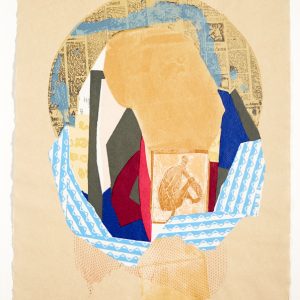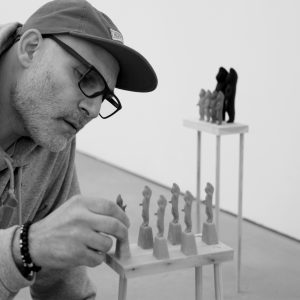
In The Studio: Graduate Scholar Jeffrey Knopf
With applications for the 22/23 Graduate Scholarship Programme now open, this month we spoke with current graduate scholar Jeffrey Knopf. As part of his bespoke scholarship, Knopf was awarded a studio space at Paradise Works here in Salford, we check in with him at his studio, for our ongoing ‘In the Studio’ feature.
